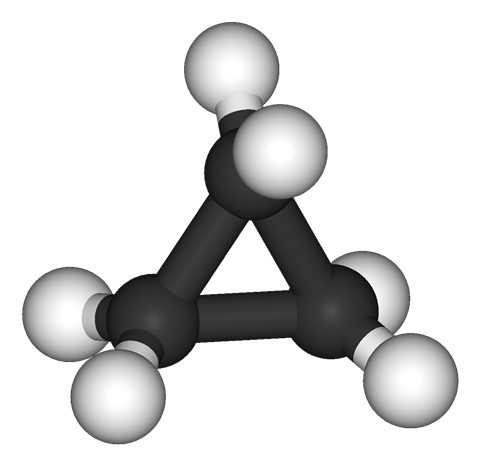Question: How do we determine the molecular geometry of a given molecule?
The core idea of molecular geometry is that electron pairs (whether bonding pairs or lone pairs) don’t like each other. They want to be as far apart as they possibly can from each other.
The way I like to think about it, is to combine both lone pairs and bonding locations (read: sigma bonds) since their sum is the number of electron domains. This is helpful when determining orbital hybridisation and molecular geometry which are inextricably linked. For example, drawing out the lewis structure of ammonia ($NH_3$), we notice there are 3 bonding locations and 1 lone pair.

Hence, the electron domain geometry is 4. Now, remember how I mentioned that electron pairs don’t like each other? To spread the electron domains out as much as possible, the electron domain geometry will be tetrahedral, where the optimal angle is $109.5^o$.
Unfortunately, this is one of the things you need to memorise for the IB exam (unless you’re a math genius and have plenty of time in the exam to derive the angles using university-level calculus).
However, one caveat is that lone pairs are particularly repulsive. For each lone pair, we must subtract ~$2^o$ from the bond angle. Hence, the bond angle in ammonia is $107.5^o$.
The molecular geometry is trigonal pyramidal (cause it looks like a pyramid with three legs lmao). It describes the geometry of only the sigma bonds, and unfortunately you have to memorise the names of these (both electron domain and molecular) geometries.
This neat little table sums it up nicely:

NOTE: In this table, electron domains are referred to as “number of electron dense areas” and electron domain geometry is referred to as “electron-pair geometry”. Please use the terms electron domains and electron domain geometry!
The concept introduced to you in this article is known as the awkward-to-pronounce valence-shell electron-pair repulsion (VSEPR) theory. VSEPR theory can help us picture what large, complex molecules look like around each atom and more importantly, it can give clues as to why certain reactions produce certain products (especially in organic chemistry, where, for example, $SN_1$ reactions have intermediates with trigonal planar geometry to produce a racemic mixture of products).
While there are certainly exceptions to this theory, like when (pictured below), you don’t really need to know these for the IB exams.
Cyclopropane is one such example, since its C-C-C bonds are forced into tight $60^o$ angles (which makes it unstable)

